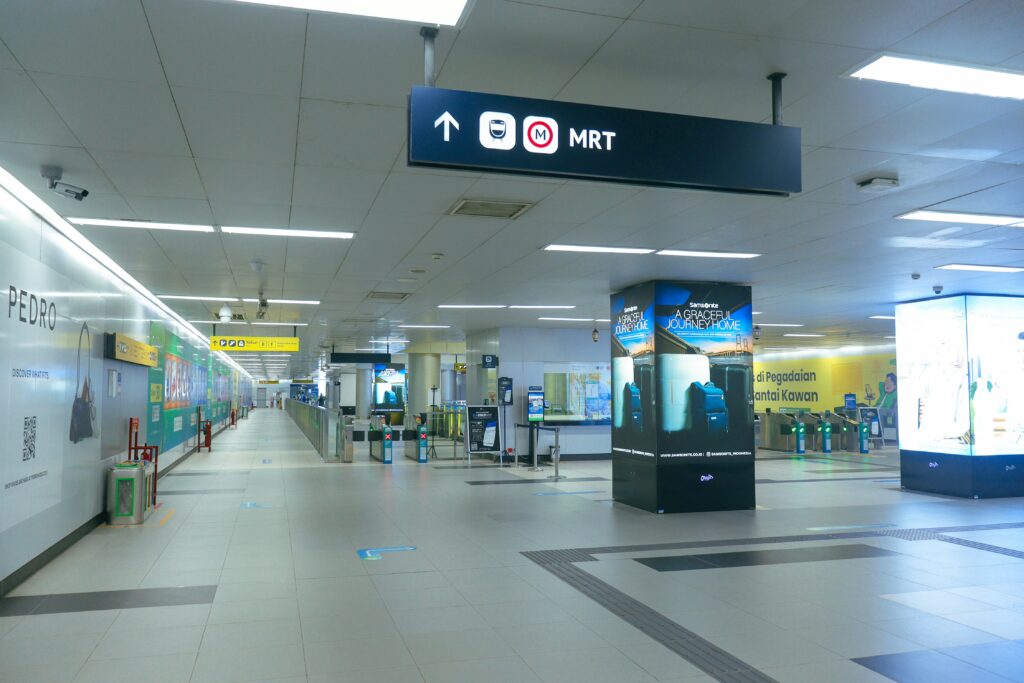Transportation is the engine of every economy. In 2025, the demand for reliable, fast, and affordable movement of people and goods is at an all-time high—especially in developing regions like Africa. From passenger rides to delivery and logistics, there are multiple business opportunities in transport that entrepreneurs can tap into.
Whether you’re a beginner with limited capital or a seasoned investor looking to scale, this guide breaks down everything you need to know about starting your own transport business in 2025—from choosing a niche to registration, financing, and scaling.
1. Choosing the Right Transport Niche
Before you can start a successful transport business, you need to choose your niche based on market demand, budget, and skillset. Each sector has its own dynamics and startup requirements.
Popular Transport Business Models in 2025:
- Ride-Hailing Service: Join or build a fleet on platforms like Bolt, Uber, or inDrive. Works well in urban areas with high foot traffic.
- Logistics & Delivery: Offer delivery services for goods, groceries, or packages. You can partner with platforms like GIGL, Kwik, or operate independently.
- School Transport: Provide safe and timely transportation for students. Best suited for trusted community-based operators.
- Staff Shuttle Services: Offer corporate shuttles to companies that need to move employees.
- Haulage & Trucking: Involves large investments and is used for moving goods across long distances—lucrative in industries like construction and manufacturing.
- Bike Dispatch (Last-Mile Delivery): Low-cost entry, popular for small parcel delivery, food services, and e-commerce logistics.
- Vehicle Leasing or Rental: Buy vehicles and lease them to drivers who pay a weekly fee.
Tip: Start small and focused. A one-car Bolt fleet or one delivery bike can be the start of a profitable transport venture.
2. Registering and Setting Up Your Business
To operate legally and gain customer trust, you need to register your business and comply with regulatory requirements in your region.
Steps to Register Your Transport Business in Most African Countries:
- Business Name Registration: Start with your country’s corporate affairs commission (e.g., CAC in Nigeria).
- Get a Tax Identification Number (TIN): This is essential for opening a bank account and dealing with partners.
- Open a Business Bank Account: Keeps your business transactions separate from personal spending.
- Obtain Required Permits: For transport businesses, this might include a road worthiness certificate, driver’s licenses, vehicle insurance, and special operating licenses depending on your service.
- Vehicle Branding and Equipment: If you’re launching a delivery or shuttle service, you may need to brand your vehicles for recognition.

Vehicle and Equipment Requirements:
- Car or Bike: Ensure the vehicle is in excellent condition. Newer vehicles typically get better customer ratings.
- Smartphone & Data: Essential for communication, GPS, and using ride-hailing or logistics apps.
- Tracking System: Optional but helpful for fleet operators to monitor drivers and protect their assets.
- Safety Equipment: Fire extinguisher, first aid kit, helmet (for bikers), and seat belts.
Legal Compliance and Insurance:
Don’t cut corners. Get comprehensive insurance that covers you, your passengers (if any), and your vehicle. Consider liability insurance, especially for logistics or ride-sharing ventures.
3. Funding, Marketing, and Scaling Your Transport Business
Once you’re set up, the real work begins—finding customers, maintaining operations, and growing your business. Transport is competitive, so your edge will come from pricing, service quality, and brand awareness.
How to Fund Your Transport Business in 2025:
- Personal Savings: Still the fastest and most reliable source.
- Partnerships: Collaborate with friends or investors to pool resources.
- Bank Loans or Microfinance: Be ready to present a simple business plan and projected income.
- Asset Financing Platforms: Many fintechs now allow entrepreneurs to buy cars or bikes on installments. Examples include Moove, MAX.ng, or Autochek.
- Government Grants or Youth Funds: Explore local initiatives that support transport or gig economy ventures.
Marketing Strategies for Gaining Customers:
- Join Established Platforms: Starting with Uber, Bolt, or GIGL instantly connects you to thousands of users.
- Local Flyers and Community Boards: Especially effective for school or staff shuttle services.
- Social Media: Use Instagram, WhatsApp, and Facebook to post testimonials, customer stories, and contact details.
- Referrals: Offer discounts for customers who refer others.
Digital Tools to Simplify Operations:
- Jobber: Automate scheduling, invoicing, and customer management.
- Spocket: For those expanding into e-commerce delivery partnerships.
- Timetastic: Manage driver time-off, shifts, and availability.
- Google My Business: Register your transport business for better local search visibility.
Scaling Your Transport Business:
Once you establish a reliable operation and generate steady income, reinvest in more assets.
Tips for Scaling:
- Expand Your Fleet: Start with 1–2 vehicles, then reinvest profits into more.
- Hire More Drivers: If you have multiple vehicles, onboard trusted drivers and train them in safety and customer service.
- Offer Multiple Services: Transition from ride-hailing to parcel delivery or school transport using the same vehicle during off-peak hours.
- Introduce Tech: Use fleet management software to track location, fuel consumption, and earnings.
Diversification Ideas:
- Sell ad space on your vehicles.
- Offer airport pick-up packages.
- Create a mobile app to allow direct booking from local customers.

Conclusion: The Road to Transport Success in 2025
Starting a transport business in 2025 is no longer a capital-intensive venture reserved for corporations. With the right plan, tools, and strategy, any determined entrepreneur can tap into the growing demand for transportation services—especially in fast-urbanizing areas across Africa.
Begin with a niche that fits your skills and budget. Stay compliant, treat your customers with respect, and leverage technology. From one vehicle, you could grow a fleet. From one route, you could build a network.
The keys are consistency, customer trust, and operational efficiency. And with Africa’s booming population and rising e-commerce trends, the opportunity has never been greater.
Affiliate Disclaimer: This article may contain affiliate links. If you click and purchase through these links, we may earn a small commission at no cost to you. This supports our efforts to provide quality content and transport resources.
Disclaimer: This content is for educational purposes only. Please consult legal and business professionals in your country for licenses, taxation, and regulatory information.